We wound our way down the old bulldozer trail off one of the high ridges and came face-to-face with two mature red stags. They were so close I could smell the musky perfume of their rut. The stags were on the edge of a dense manuka thicket, and their sprawling antlers had me scrambling to get my binoculars to my eyes. Thick heavy beams and points growing in every direction made it impossible to decide which one was bigger. The roar was in full swing, and the widest-antlered bull lowered his head and produced the throaty growl indicative of a mature male serenading the local ladies.
I bounced with excitement, and asked my long-time friend and guide, Dick Dodds, if I should be attempting a stalk?Dick chuckled in his calm and confident demeanor, indicating that it was only the first day, and he was hoping to locate a stag that would score even more. I explained that I’d be more than pleased with the tallest bull, which was busy raking his antlers through the thorny brush.
I took several pictures before leaving the bulls to wander up a steeply wooded draw. I had only been on the ground for a day and had to pinch myself to make sure I wasn’t dreaming. The area around Lake Hawea, on the South Island of New Zealand, was breathtaking. It didn’t matter which direction you looked, it was like a postcard view, impossible to capture in a single image.
Glen Dene Hunting New Zealand hunts an active 15,000-acre sheep and cattle operation, with an active deer program. The high country extends as far as the eye can see, and is free range for red stag, fallow deer, arapawa rams, chamois, feral goats, and wild hogs. Richard and Sarah Burdon manage bustling lives with livestock operations, one of New Zealand’s largest campgrounds, and a popular guiding and outfitting business. They are gracious and love to host people, showing off the fine array of culinary delights and delectable wines from the southern hemisphere.
Dick and I were back on the trail of a big stag that evening, joined by Dan Rossiter, who has hunted the rugged country since he was a child. Dan is a wiry fellow that can climb a vertical ridge like he is riding in an elevator. He seldom breaks a sweat, and I never saw him out of breath when running from ridge to ridge to check the next basin. Both of my compadres had seen a big stag in the area, but no matter how hard we looked, the old boy was not in sight.
The next day was spent hiking the high country and looking for chamois tracks in fresh snow. Dick and I traveled the ridge tops and hunted down to vantage points to scour the rocky outcroppings for any sign of golden capes. We did spot some of the sure-footed critters running up distant ridges, but never got a glimpse of one up close.
Plans were made the following day to head afield with Dan, to hunt up and over the roughest and craggiest country on the property. It was chamois country, and good hiking boots and poles were a must for this flatlander.
We drove a bulldozer trail with an ATV close to the summit and headed out on foot. It didn’t take long to drop over the top and lose elevation fast. The country got steeper with every step, and we regularly stopped to glass adjacent ridges. Dan signaled me to hold up for a second as he edged to the precipice of a cliff to look below. He looked back with a grimace as he waved me forward. A nice chammy ram had been standing 100 yards below but wasted no time running to safer country at the slightest flash of a person.
We worked around the cliff and down to the next pinnacles of rock. We spotted a nanny and kid running across a sheer rock face. Their hooves dug into the smooth surface of the granite, like they had specialized suction cups for each step. Seconds later a ram appeared on the same trail, following the exact path the nanny had traveled. We slipped back out of sight and hurried to get down and ahead of the animals. When we popped our heads back over the ridge, the nanny and kid were running just past us at 30 yards, with the smaller ram hot on her trail. Falling rock caught our attention and looking back, and up, into the basin a big ram was also trailing the nanny. We knew he’d come right past us and quickly moved to the edge of the ridge where we could get a shot. In the brief period it took to move the ram was already on us. Dan lifted his binoculars as it pranced through the rocks and indicated it was a definite shooter. With only seconds to put it all together, I was told to shoot if I got the chance.
The ram never stopped moving and was like an Indian rubber ball bouncing between footholds. In a matter of seconds, he ran past us and was about to crest the last ridge about 80 yards in front. I shouldered my Savage model 16 .308, leveled my crosshair on the animal’s vitals and tracked it as it leaped into the air to get over the ridge. At the peak of the jump, the report of my rifle sent a shower of golden hair floating on the mountain breeze. Dan looked at me with wide eyes, grabbed my shoulder with extreme exuberance, and exclaimed: “you got him.”
The next hour was nerve-racking, as we wound our way down cliffs and near vertical transitions. We got to the bottom and found no sign of my prized chammy. After much deliberation, Dan and I both agreed the animal must have hung up on a small ledge halfway down the cliff, where a single fern grew from the scant soil. With the stealth and agility of a mountain goat, Dan climbed to the ledge and let out a cheerful yell before giving me the thumbs up that he’d located the ram.
In typical New Zealander fashion, Dan field dressed the animal, cut slits in the back hocks, then inserted the front legs, with the knee joint cut to form a T. With legs tethered, Dan slipped the ram on his back like a pack and started down towards me. I was extremely grateful to have such a dedicated guide. It was the first time I’d seen Dan work up a sweat and laying the animal on the ground, we both admired the long, curving horns. Dan had a tape in hand within seconds and stretched it along the headgear, telling me it one of the best chamois he’d seen in the area in years. I was just thrilled to be part of such an exciting hunt.
The next three hours were spent hiking straight down to the shore of Lake Wanaka, in the next valley over from camp. My legs burned from exhaustion, but there was no way I could complain.
The next day was a big event for locals, as it was opening day of duck season. New Zealand hunters consider duck hunting to be sacred, and mates get together for the annual ritual of sharing a duck blind, locally known as a maimai. I was fortunate to hunt with Richard, his dad George, and two of his lifelong buddies from Wanaka.
When I heard the distinct cackle of paradise ducks, I turned to see the black and white heads of a mated pair coming straight towards me. As the pair passed overhead, I raised the over-and-under shotgun and dropped them. Richard ran to my side, exclaiming ‘bloody good shot, a natural left, and right”. I chuckled with my success and the explanation of shooting a double, with a double gun.
There was never a dull moment at Glen Dene, and the next day Dan and I headed for a remote mountain range to hunt Himalayan tahr. Glen Lyon Station is unrivaled as the best tahr hunting in the world. The habitat provides ideal conditions to allow tahr to thrive, with males growing exceptional horns. I was just happy to be headed back to the high country and was starting to forget just how stiff my legs had been after the chamois hunt.
Dan zipped us through the winding highways and backroads before pulling up to a gate on a mountain road. An hour later we arrived at a quaint cabin just below the alpine. The hunting shack was classic, with tin on the roof and exterior siding. The weathered beams that held the front porch in place contrasted with the solar panels mounted on the roof. A lanky, gray-haired gentleman came to the door to welcome us, and we were soon seated around the table swappingstories. Croc had managed tahr hunts on the family land for decades and knew it well. He was busy pulling apart a crayfish, which is better described to North Americans as a six or seven-pound colorful lobster. A special seafood chowder would be dinner, and with the handfuls of meat going into the pot, I could hardly wait.
Lora Gene was one of the guides in tahr camp and had been out spotting in the morning and trying to find a red stag to put away as camp meat. Looking at the towering peaks, and steep slopes, I was excited at the opportunities but a little intimidated at the same time. We had plenty to eat, enjoyed several bottles of good red, and hit the hay to ensure an early start the next morning.
A blanket of fog formed in the lower river valley with the cold nighttime temperatures. There was a thin layer of ice on standing water, and I pulled on a jacket to stay comfortable. All four of us crammed into a vehicle and headed farther up the valley to spot for tahr. Croc and Lora had seen several good bulls the day before, and we no sooner set up the spotting scopes when we found a group of six. There were nannies and kids scattered throughout the hillsides and just as we formulated a plan to tackle the ridge I spotted movement on the other side of the steep canyon. A quick check with the binoculars showed a good bull at lower elevation with a number of nannies. A couple of young bulls flanked the herd, making it easy to determine who was the boss. Our plans changed in a matter of minutes, and we worked our way up a rocky creek bed. We gained elevation quickly, picking each step between boulders and loose rock.
We managed to get adjacent to the herd, now scattered in the dense brush on the canyon wall. We dialed in the spotting scope, and it didn’t take long to locate our bull. Dark, sweeping horns curled back behind his ears, and a long golden mane wisped in the morning breeze. A mature tahr is a beautiful animal, leaving me in awe of where I was and as I soaked in the experience.
We crawled up behind some large rocks, and I folded out the bipod on my rifle. I had a Bushnell LRHS scope and dialed my turret for a direct hold at the 380-yard, uphill shot. I knew bullet drift was going to be an issue and waited for the right moment to engage the trigger. The bull stood quartering downhill with the wind pulling the long strands of winter fur to his side, making him look twice as big as he was. When the wind settled briefly, I slowly squeezed the trigger and watched the impact of my bullet through my scope. The wind I felt was not what my bullet encountered as it climbed out of the barrel, and my shot hit farther back on the animal that I wanted. The bull immediately ran into the densest cover on the hill and never emerged. The other tahr scattered uphill and Croc gave me a wink, telling me to get ready.
The seasoned tahr guide had brought his small dog and climbed to where we last saw our bull. The dog ran into the cover, and seconds later the bull was storming down the hill towards the rocky floor where we were set up. The angle was so steep I couldn’t see the bull and had to get up and run up the creek and quickly set up for a passing shot. The first round was just behind, letting me know the bull was going faster than anticipated. However, the next round anchored the bull in his tracks. We wouldn’t have to worry about climbing to retrieve our bull, as he was less than 100 yards from where we stood.
It was mid-afternoon before we made it back to the vehicle. Croc encouraged me to shoot a nanny to go with my bull, and after looking the hillside over, we found one close to the bottom. Lora and I headed out, and after a short climb, located the old nanny wandering through a stand of trees. A single shot brought an end to our hunting day, and the steep hillside made the retrieve relatively easy.
That night we celebrated our success, and the last thing I remember was almost falling asleep at the table. A week of extreme adventure had me feeling worn out, but you couldn’t wipe the smile off my face.
We bade farewell to our mountain hosts and headed back towards Glen Dene. Dan is like an energizer bunny on steroids and was a pleasure to spend time with. I was nearing the end of my hunt and still hadn’t found a red stag to complete my hunting quest.
The next day, Dan had other commitments, so I teamed up with Dick to check a valley we hadn’t been to yet. The steep, switchback roads are a little intimidating, and after hunting there a week, I still wasn’t used to them. We stopped on flat benches and used the different vantage points to spot the surrounding hillsides. We were almost at the head of the valley when Dick pointed up the ridge to where three bulls were bedded in a group. “The stag on the left is the one we’ve been looking for,” exclaimed Dick.
We looked the terrain over carefully and formulated a plan to climb the adjacent ridge, putting us straight across from where the bulls laid. We followed sheep trails and tried to stay away from dense patches of ferns and shrubs to gain elevation. The hills always look steep and formidable, but slow and steady progress means you always win the race. Before we knew it, we were belly crawling to the edge of the hill, where the stags lay chewing their cud. I settled my pack on the ground and used it as a rifle rest. Lining up the bulls and making sure I was rock steady provided lots of confidence I could make the shot. The huge antlers on the stag I watched were heavy from the bases all the way up. I didn’t bother to count points, as it didn’t matter.
Dick warned me he was going to whistle and get the stags to stand. The first attempt lifted heads, but nothing got to their feet. The second whistle brought all three stags out of their beds, where they milled on the hillside trying to decide what they’d heard. I didn’t have a shot and waited for the three amigos to sort things out. At first, they were anxious but soon settled when they didn’t see any danger. Eventually, my stag walked to the left, providing a perfect broadside shot. I wasted little time squeezing the trigger, and as the bullet traveled quietly through the suppressor on my rifle, I heard the distinct whack of the bullet finding hide. The bull fell on his chin and skidded 80 yards downhill with his back legs pushing, eventually coming to rest in a dense patch of leafy ferns.
The animal I thought would be my first to harvest on my New Zealand adventure proved to be worth the extra wait. Dick and I reminisced about elk hunts in Colorado and adventures of the high country. My Glen Dene adventure had provided much more than I’d bargained for. I even snuck in a day of wallaby hunting, a night hunt for hares, and an incredible float with Greg Dougherty of Alpine Fishing Guides (www.wanaka-fishing.co.nz/), down the Clutha River for rainbow and brown trout.
In North American terms, the trip was super-sized. The people are incredible and share their passion for the outdoors and living close to the land. Glen Dene is nestled in some of the most picturesque country New Zealand has to offer. The wildlife is plentiful, and the green grass and long growing season prove there is no better place to grow antlers and horns.
There is a hunt for everyone, where you can design the challenges and define your trophy. Now is the time to plan your South Pacific adventure. The toughest decision is whether to hunt just stag or go for the full-meal deal.
For more information contact Richard and Sarah Burdon at Glen Dene Hunting.
Mobile: +64 272260983
Home: + 64 3 4431554
Skype richardburdon1
www.facebook.com/pages/Glen-Dene-Hunting-Fishing-New-Zealand
www.glendenehunting.com



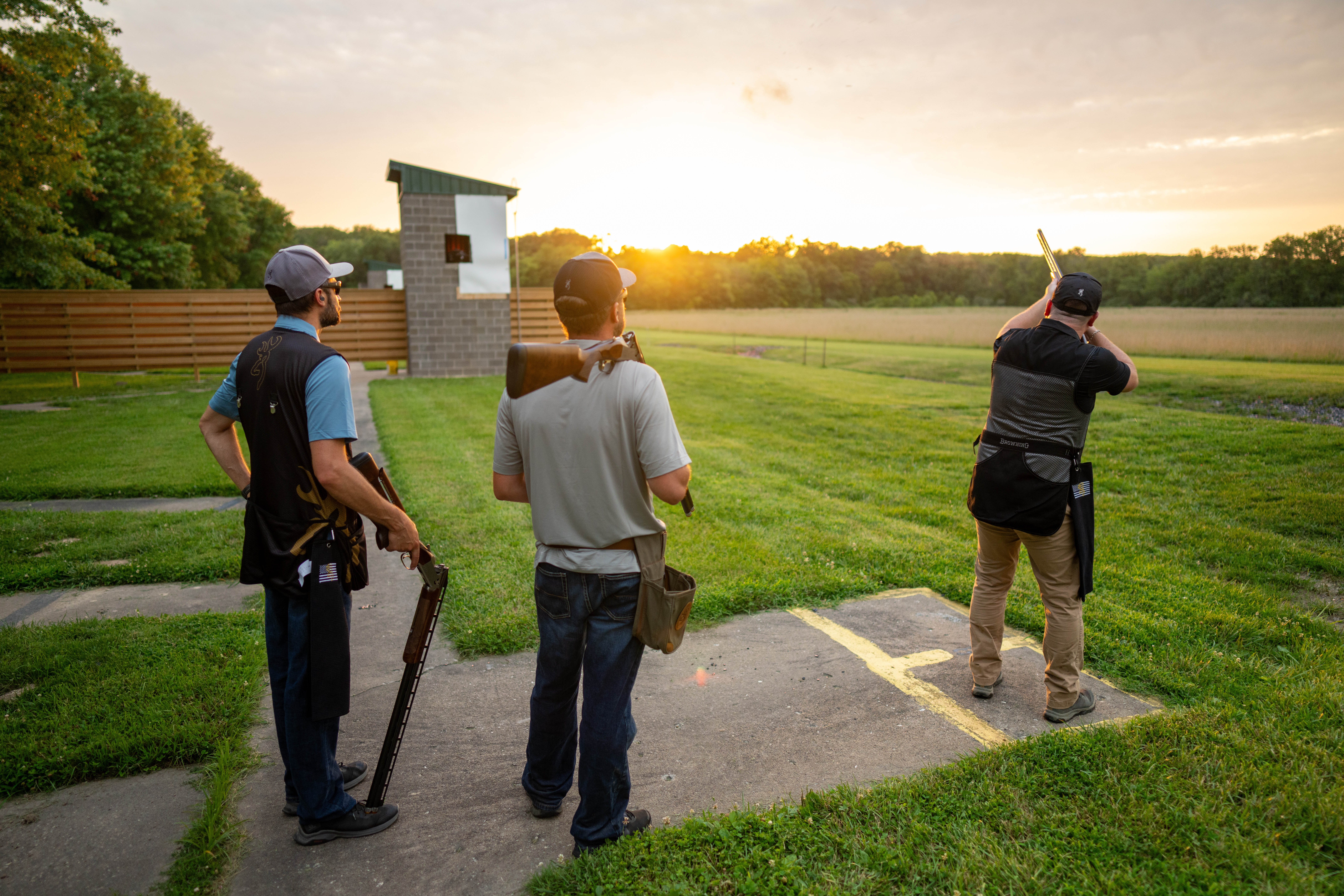
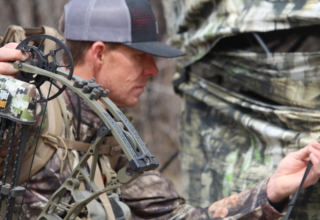

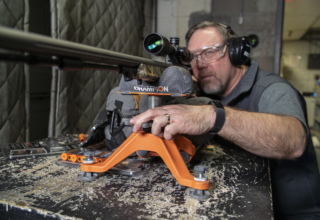

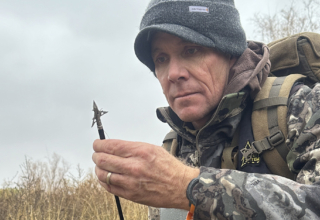
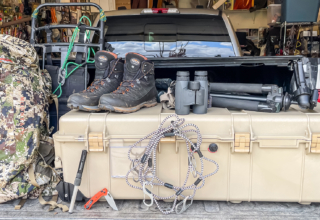

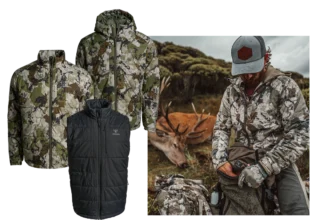



augmentin 500mg q8h or q12h
April 6, 2025 at 8:48 am
augmentin buy online india Pathophysiologic features of late occurring toxemia of pregnancy include A generalized vasoconstriction B increased capillary permeability C increased retention of water and sodium in the tissues D all of the above E only answers A and B are true OBG 230
reneFeani
June 22, 2025 at 6:46 pm
Реставрация бампера автомобиля — это актуальная услуга, которая позволяет обновить изначальный вид транспортного средства после мелких повреждений. Современные технологии позволяют устранить царапины, трещины и вмятины без полной замены детали. При выборе между ремонтом или заменой бампера [url=https://telegra.ph/Remont-ili-zamena-bampera-05-22]https://telegra.ph/Remont-ili-zamena-bampera-05-22[/url] важно учитывать степень повреждений и экономическую выгодность. Профессиональное восстановление включает выравнивание, грунтовку и покраску.
Смена бампера требуется при серьезных повреждениях, когда ремонт бамперов нецелесообразен или невозможен. Расценки восстановления определяется от материала изделия, масштаба повреждений и марки автомобиля. Пластиковые элементы подлежат ремонту лучше металлических, а инновационные композитные материалы требуют профессионального оборудования. Качественный ремонт увеличивает срок службы детали и сохраняет заводскую геометрию кузова.
Рад быть полезным всегда и несмотря ни на что по вопросам Ремонт бамперов в волжский – пишите в Телеграм ohh90